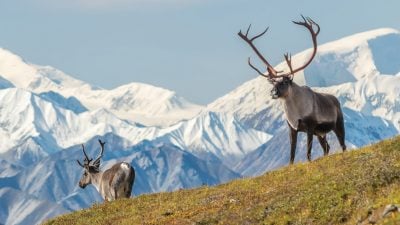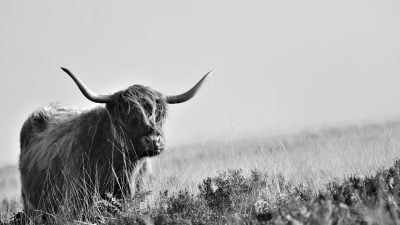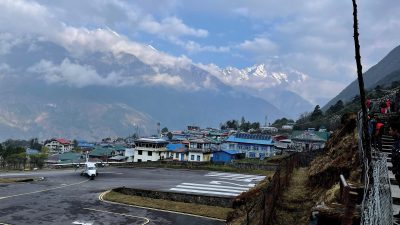Home / Antarctica / Wonders at the Bottom of the W…
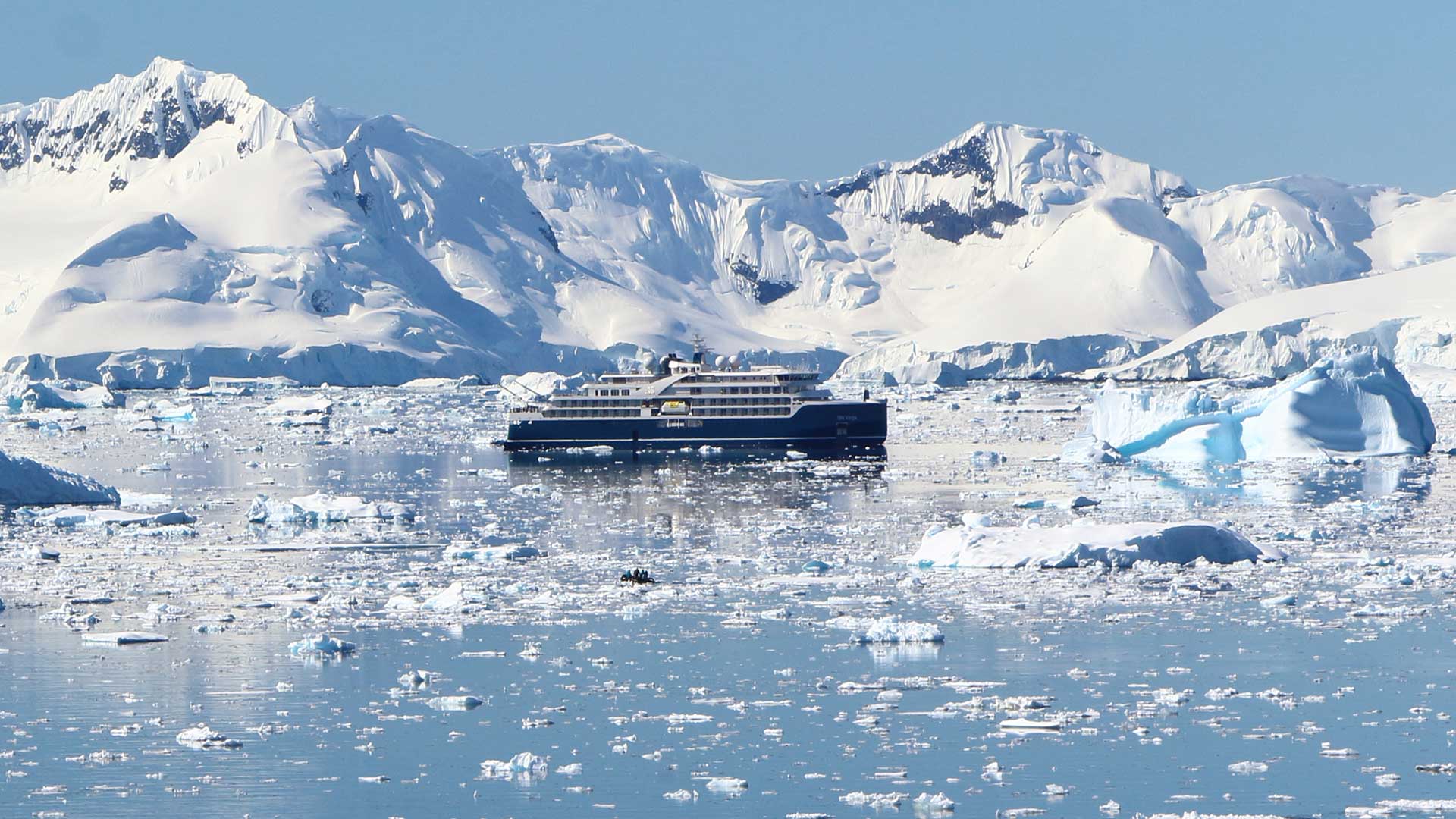
Wonders at the Bottom of the World
“Where would you like to travel next?”
We’ve all been asked this question. I usually give two kinds of answers. The first is the practical one, the place I know I can visit in the near future. The second is a very short list of my dream destinations, those spots I have a small chance of ever visiting. But sometimes life surprises you as it did for me this past December when I finally explored my dream destination: Antarctica.
The opportunity came when I least expected it and within three weeks, I was in Buenos Aires meeting fellow travellers and members of Swan Hellenic’s crew. The next day we flew to Ushuaia, the world’s southernmost city, a windswept port surrounded by mountains to the north and the waters of the Beagle Channel to the south. We boarded the SH Vega, the second of three new cruise ships in Swan Hellenic’s fleet, and began the fated voyage to a place where unforgettable experiences awaited.
Ushuaia is 1,000km/621mi from Antarctica. It takes approximately 48 hours to cross the calm waters of the Beagle Channel and then the famously tempestuous Drake Passage, so you’ve got a lot of time to think. But even when you know you’re going somewhere special, life can still surprise you.
We were lucky on the crossing. While the Drake Passage is reputed to have some of the roughest seas in the world, we experienced relative calm. I can only imagine what it would’ve been like 400 years ago when the first sailors in their wooden ships navigated through it. Today, we’re fortunate, as polar-ready vessels like the SH Vega are equipped with the latest marine technology, safety procedures, and experienced crew members. You might get a bit of sea sickness, but you can prepare for that too.
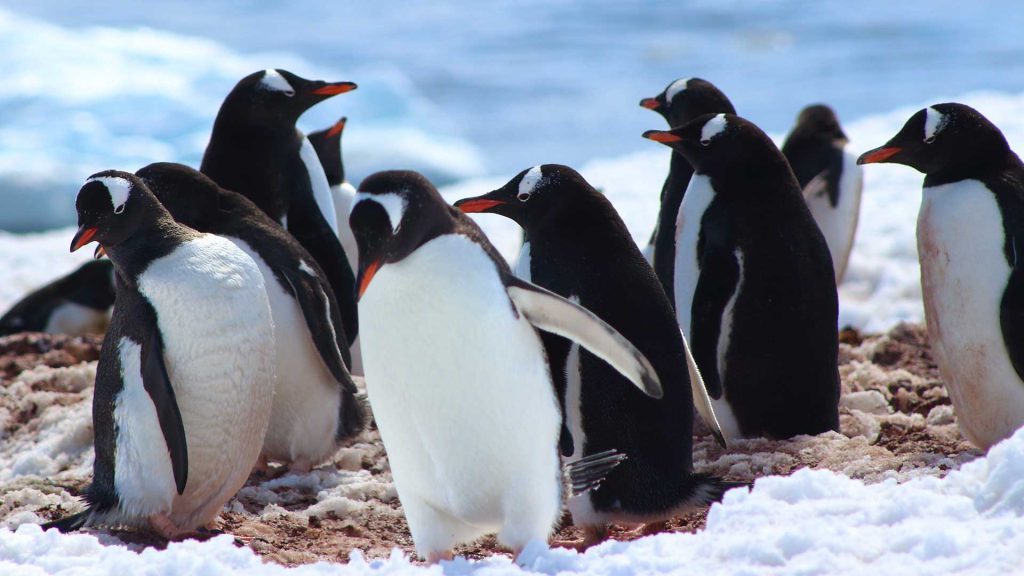
After two full days at sea, we finally spotted land: the South Shetland Islands. We anchored at Yankee Harbour on Greenwich Island and I geared up for my first excursion. Armed with endless layers of winter gear, we head to the zodiacs, probably looking more like waddling penguins than intrepid explorers, but you could feel the excitement. We tapped our ID cards, disinfected our boots, and boarded the zodiacs. Only a few minutes later we were on the icy shore and surrounded by gentoo penguins, southern elephant seals with their bulbous noses, and south polar skuas. It was amazing, but it was only a taste of what awaited once we reached the Antarctic Peninsula, a further 120km/75mi to the south.
Even that small distance marks a striking change in the geography. For instance, at Danco Island, everything was blanketed in snow, which wasn’t the case in the South Shetlands. We’d entered the white world, where it’s just you and the landscape to the farthest edge of the horizon.
Of course, there are locals, such as the Weddel seal that greeted us on Jougla Point. It was sunning itself on the rocks and wasn’t bothered by the people shuffling by in sky-blue parkas and ski pants. On rare occasions, you may come across a few people as well, as we did at the post office and museum on Goudier Island. Of course, there’s also your fellow expedition team. But you hardly notice, as you’re overwhelmed by the views and the enormity of nature.
We cruised through the Lemaire Channel, known as the Kodak Gap due to how photogenic it is. It’s one of the most majestic places I’ve ever seen. The calm waters mirror the rugged, snow-capped peaks. Icebergs float silently along as you cross the 11km/7mi passage. It was 9pm by the time we reached the channel, but it was still the golden hour for photos—22 hours of daylight in summer makes that possible.
The next day we climbed the 150m/500ft-high vantage point on Orne Harbour, where you can gaze out over the glaciers and the channel. Your only companions are chinstrap penguins and some rare lichen that grows on the exposed rocky outcrop, expanding at a rate of 1cm/0.4in per 100 years.

Later, we ventured to nearby Cuverville Island and weaved our way through the icy gaps to approach the shoreline. We traded chinstrap colonies for gentoo colonies. These curious penguins waddled about as we climbed to another viewpoint where we could soak in the brilliant blue skies and the snow-white landscape as far as the eye can see. Returning to the ship, we cut the motor and drifted through the icy channel, watching huge icebergs float close by. We felt at peace with the world and the enormity of what we were seeing.
On my last full day on the Peninsula, I geared up for kayaking in Foyn Harbour near Enterprise Island. The water was so still, almost glass-like. We cut through the water and transitioned from the zodiac into our kayaks to spend 90 minutes gliding alongside icebergs of all shapes and sizes, making sure not to get too close in case one decided to flip itself over—which happens more often than you think. We spotted the wreck of the whaling vessel Governoren, which was purposefully run aground by its captain in 1915 in order to protect his crew from a fire onboard. It’s one of the few physical remains of human activity in Antarctica. We capped off our kayak experience with a glass of champagne while still on the waters of Foyn Harbour.
I took my final steps on the Antarctica Peninsula at Portal Point, where the remains of an old British refuge hut lie buried beneath the snow. We climbed up the slope for the final views. I hardly bothered to take any photos, knowing a picture could never capture the majesty of what I was seeing with my own two eyes. I soaked in the 360-degree views of the peninsula and the striking colours: the deep blues, the stark whites. I still wasn’t used to the scale of what I was seeing. I’m not sure I could ever get used to it. While most of the team had returned down the slope, a few of us remained at the top. The walk back was likely to be our final steps on Antarctic earth, so we wanted to savour the moment and make it last.
About 20 hours after leaving Port Point, we were back in the Drake Passage. A storm was coming and our captain wanted to make good time heading north. But Antarctica still had a little magic waiting for us. We were in the Swan Restaurant for lunch when someone spotted them off starboard: whales. We had seen a number of humpback and fin whales on our way down, but this was different. We were surrounded.
We quickly geared up and headed on deck as the captain slowed the ship and turned south, knowing that even with a storm coming, he couldn’t waste this special moment. We came to a full stop in the open sea and they saw their cue.

The whales came closer until we were entirely surrounded by over a hundred humpback whales from different pods migrating south. The adults surfaced every few minutes to blast the air with their blowholes, while the juveniles took their turns breaching the surface to get a glimpse of us on the ship. They were so close that I had to lean over the railing and shoot straight down to capture some pictures of these gentle giants. For the next two and a half hours, these whales entertained everyone on board with their presence, their gentle grace, their calm, their good humour. Eventually, they decided to continue on their way south and we turned back north. It was the best cruise delay you could ever hope for.
Sixty hours after leaving the Antarctic Peninsula, I was back in Ushuaia waiting for my flight to Buenos Aires. I had some time to reflect on what I had seen over these unforgettable 11 days, but it wasn’t enough time. Even now, writing this, it’s hard to process. All I know is that I’ll never forget what I saw at the bottom of the world and that sometimes you get to make your travel dreams come true.
This article was originally published in Vol. 30 of Globetrotting Magazine.
Get more travel inspiration by email.
Subscribe
0 Comments

Get the latest travel trends & hear about the best deals on vacations around the world.
If you’re a Globetrotter, these are the newsletters for you!
